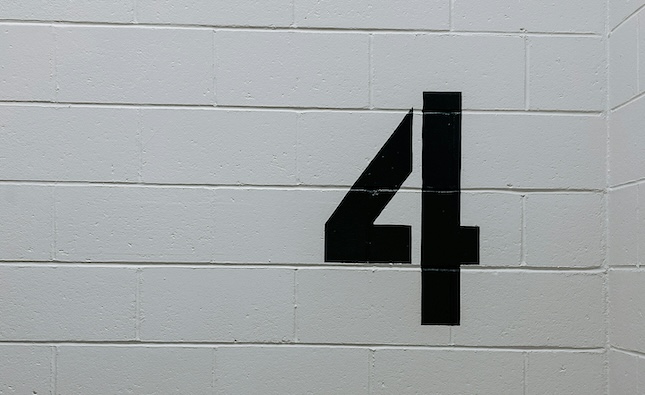Mystery Novel Structure: How to Go from Midpoint to Climax

After the Midpoint – A New Search
In the first half of the mystery, up to the midpoint, the detective’s discovery path leads to the victim’s world. The detective learns about the victim—their actions, traits, personality, lifestyle—and the people in the victim’s world. The mystery novel structure creates a change after the midpoint.
Those people in the victim’s world become suspects. As your detective examines clues and interviews suspects, he or she learns more and more about the victim. But the conclusions the detective draws are wrong.
At the midpoint, your detective discovers that they’ve been going in the wrong direction. They may feel not up to the task or ready to give up. After the midpoint, your detective looks for a new way to examine everything they know.
In the four-act mystery structure, the section after the midpoint is the third act. It’s part of the “middle” of your story and you don’t want it to sag.
Finding a New Way
While the first half of the middle (Act II) expands the detective’s knowledge of the victim and their world, the second half contracts.
When your detective realizes they need a new approach after coming to nothing at the midpoint, they focus on a new way of discovering the truth that will help them solve the puzzle.
Taking a new turn, your detective reviews what they know so far. But as they look at everything again, they search for things they may have overlooked. And in a procedural, they may receive new evidence that points in a new direction.
Present suspects in a new light in your detective interviews. Push them on any lies they told the first time they talked to your detective. Use them to misdirect by sending your detective on a wild goose chase. Expose suspect lies, but show them as red herrings.
Raise the Stakes and the Tension
In this second half of the middle, you ratchet up the stakes and the tension. Find consequences that put your detective in emotion, psychological, and physical peril. Make the story feel as though the detective is working against all odds.
Even though the detective is on a new path, at the pinch point in the middle of Act III, show that, once again, they got it wrong.
The villain works in the background. Drop hints about the villain, but keep them hidden. They may set a trap for the detective and, depending on your story, the detective wins or loses.
Keep narrowing the possibilities, as you challenge your detective. Your detective eliminates suspects one-by-one. At the same time, keep your reader guessing. Did the detective eliminate a suspect for the wrong reason? Did they eliminate the wrong suspect?
Make sure the consequences of not finding the villain are pressing in.
Work down to identifying the villain. When your detective isolates the one thing that reveals the villain, you’ve come to the end of Act III, ready to confront the villain in the final act of your mystery.
Direction, Discovery, Pressure, and Identity
The third act after the midpoint is all about trouble, conflict, and consequences. As you narrow down the suspects, you also make everything more difficult for your detective. Even though, as the writer, you’ve set them on the right path to finding the villain, make the going challenging at every step.
Your reader will be primed to discover the villain and bring them to justice.
Ready to write your mystery? Get all the steps at Write A Killer Mystery, the online course just for mystery writers.
Photo by 愚木混株 cdd20 on Unsplash






